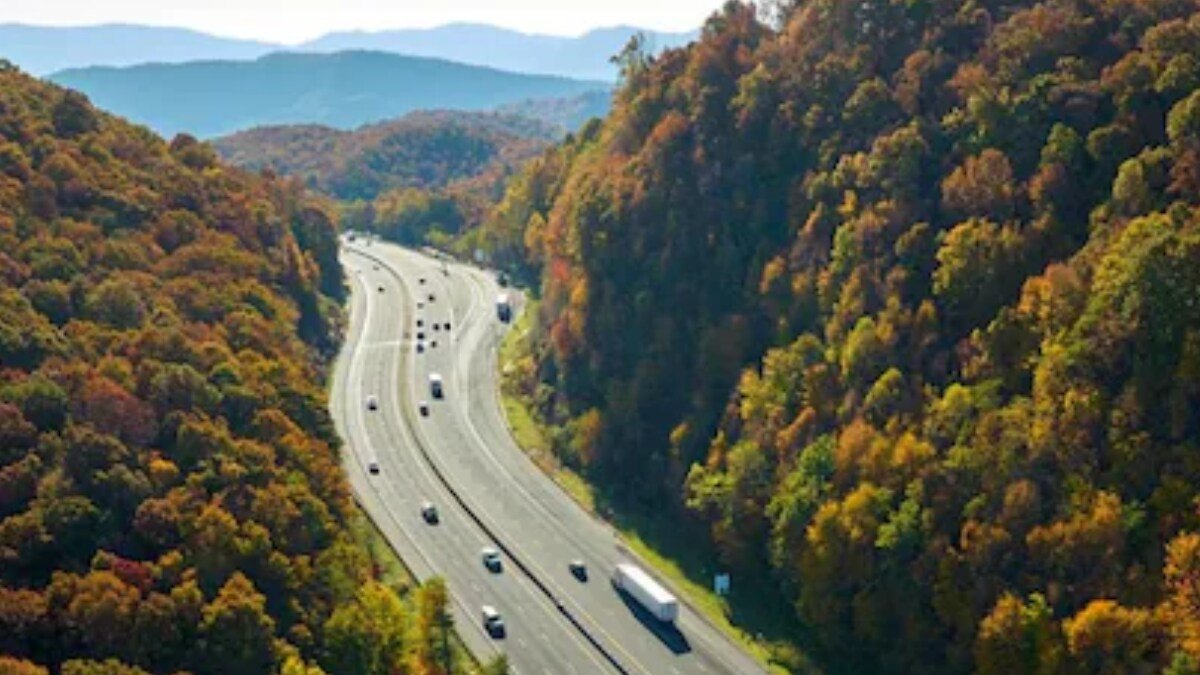NH-44 offers complete travel across India.
Over the past decade, India has transitioned from building highways to building expressways. Among these, the Delhi-Mumbai Expressway is an important infrastructure project. However, in terms of length, it falls short compared to one of the oldest highways in India. Let us talk about a national highway which can rightly be called the backbone of the country’s road network. It is not only the longest highway in India, but also passes through the largest number of states.
Simply put, NH-44 offers a complete journey across India stretching from Kashmir in the north to Kanyakumari in the south. Along its 4,112-kilometer route, travelers can experience rivers, mountains, waterfalls and the sea. Here’s an in-depth look at this iconic highway.
National Highway 44 starts in Srinagar, Kashmir and ends in Kanyakumari, Tamil Nadu. Formerly known as NH-7, it spans about 4,112 km. Starting amidst snow-capped mountains and waterfalls in Kashmir, the highway transitions to the mustard fields of Punjab, offering breathtaking views along the way.
Passing through Haryana and Delhi, NH-44 enters Uttar Pradesh, then Rajasthan, Madhya Pradesh and Maharashtra, showcasing diverse landscapes. After Maharashtra, the highway passes through the coastal regions of Telangana and Andhra Pradesh, crosses the lush forests of Karnataka and finally ends at Kanyakumari in Tamil Nadu.
NH-44 was not built as a single project but by merging seven major national highways: NH1A, NH1, NH2, NH3, NH75, NH26 and NH7. The merger resulted in the creation of India’s first North-South Corridor, which increased public transport and boosted economic opportunities for populations living along its route.
NH-44 is not only the longest highway in India but also the 22nd longest highway in the world. Its length is four times that of the Delhi-Mumbai Expressway, which spans 1,350 km.
NH-44 truly stands as a testament to India’s vast and varied landscape, connecting the northernmost part of the country with its southern tip.

